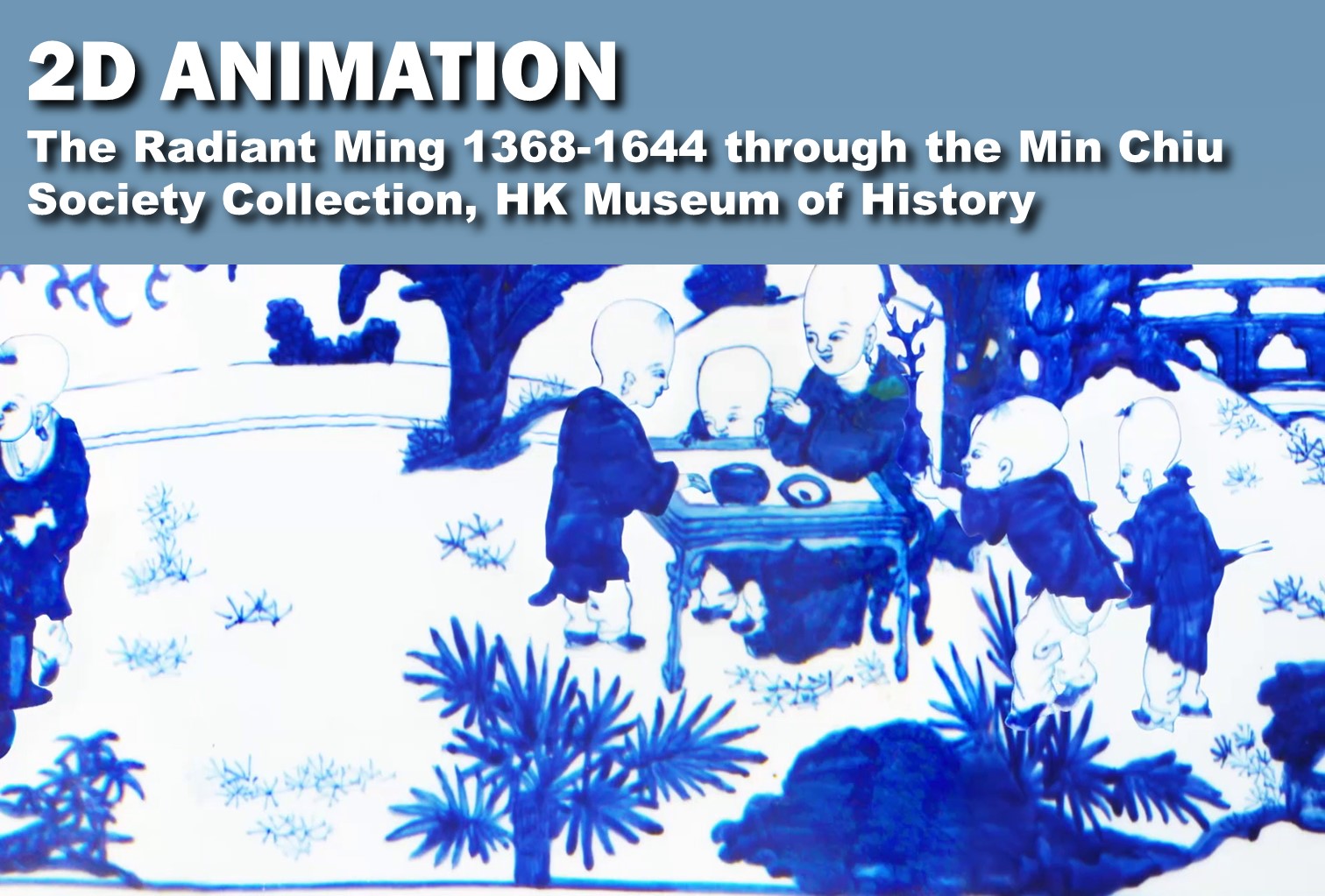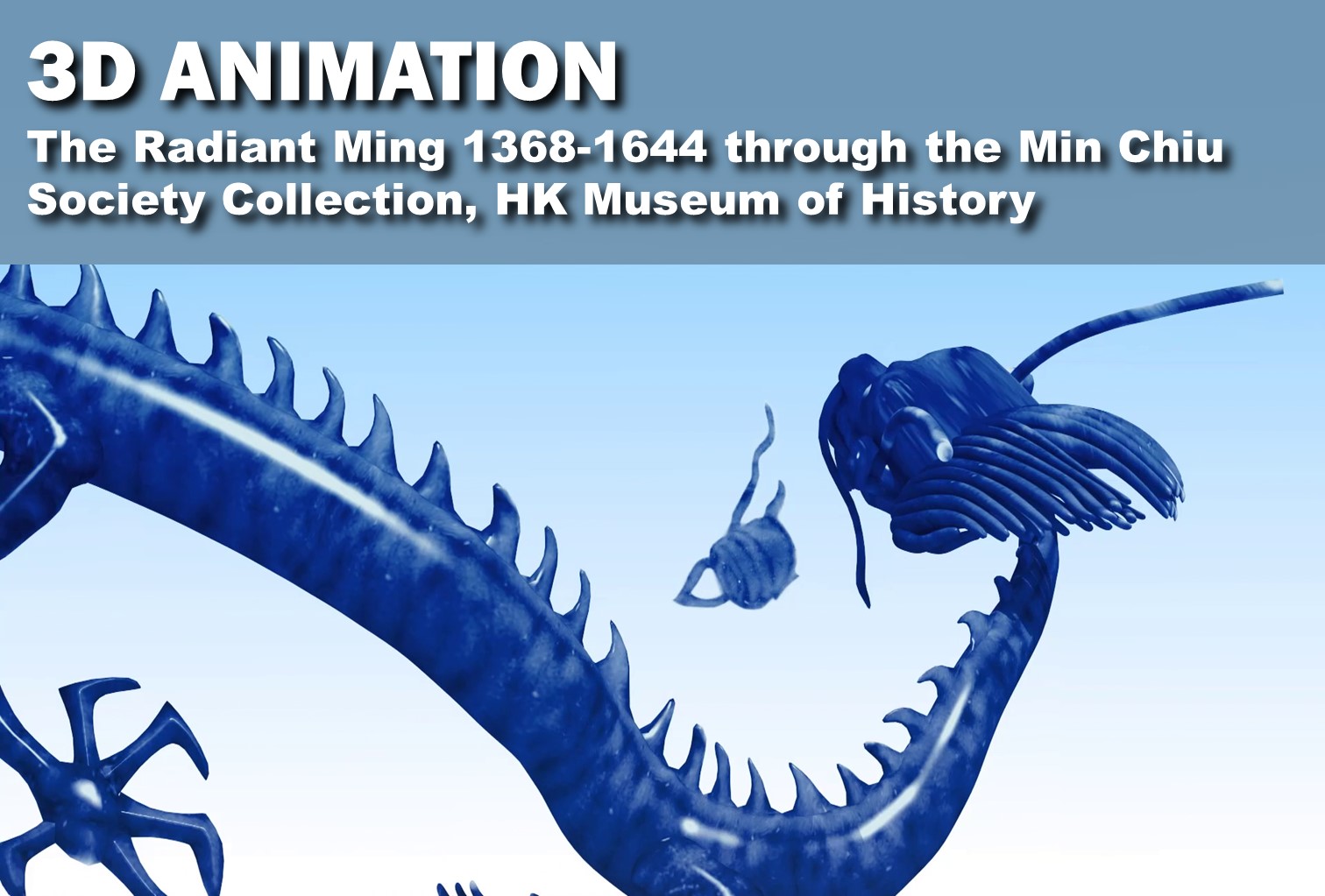2D AND 3D ANIMATION
SenMedia animation team based on the Chinese Ming Court style to develop the drawing to animation to make the graphics alive in both 2D and 3D. This innovative presentation showed the culture in Ming Court in China in a more interactive way. Visitors can understand more the life in Ming Court in China.
The Radiant Ming 1368-1644 through the Min Chiu Society Collection
Founded in 1368 and fell in 1644, the Ming dynasty spanned a period of 276 years during which 16 emperors ascended the throne. It was the last unified and centralised dynasty ruled by the Han Chinese after the Tang and the Song dynasties. In the early 15th century when the overall national strength of the Ming dynasty reached its apogee, the empire was the number one power in Asia and even in the world. Among its colossal enterprises were the construction of the two capitals of Nanjing and Beijing, and the imperial palace at the Forbidden City; the restoration of the Great Wall and the compilation of Yongle dadian (Comprehensive compendium of the Yongle reign). These have become the symbols of the brilliant civilisations of China.
Ming culture was resplendent and multifarious. The dynasty saw the peak of traditional cultural development as well as the gradual sprouting of new cultures. From mid Ming onward, political centralisation gradually disintegrated while the scholar-officials began to dominate cultural development. On the other hand, productivity surpassed that of Song and Yuan times, and commodity economy enjoyed unprecedented prosperity, pushing the progress of folk culture and the standard of artistic creation to new heights. Furthermore, frequent communications between Ming China and foreign countries brought about the import of foreign culture, subsequently unfolding a brand new scenario in the social development of the time.
(Source from the Hong Kong Museum of Education)
https://www.lcsd.gov.hk/CE/Museum/History/en_US/web/mh/exhibition/2015_past_06.html


